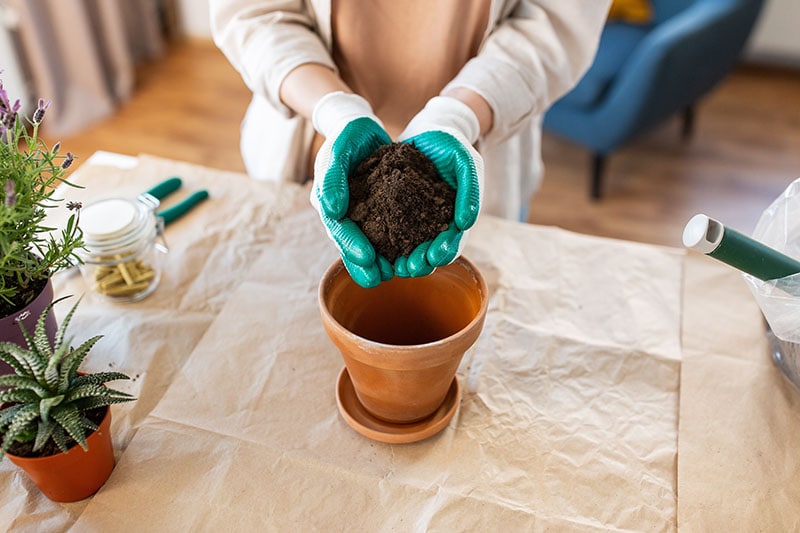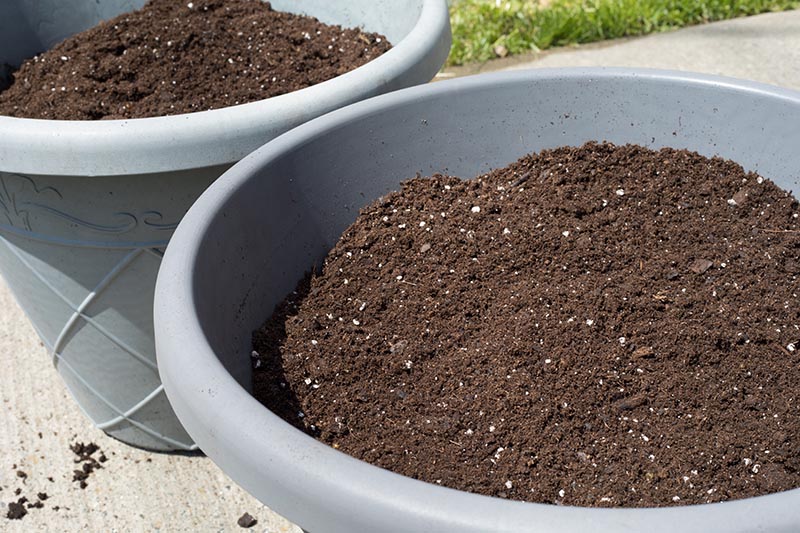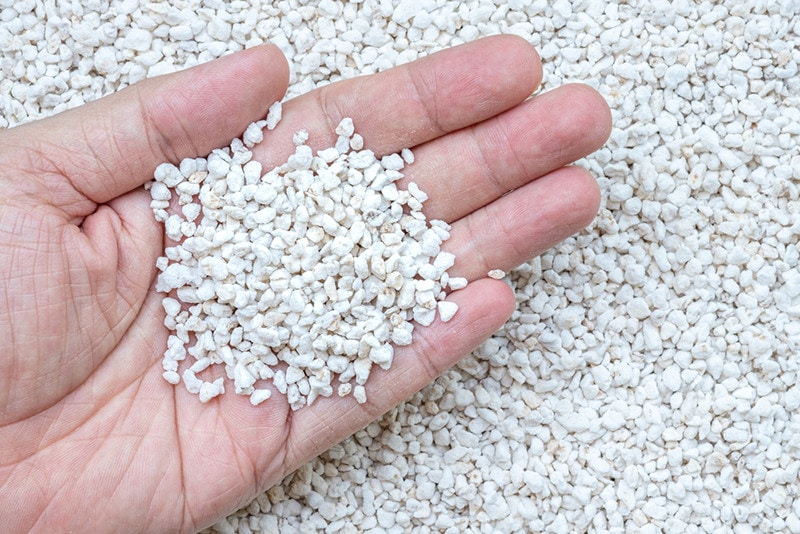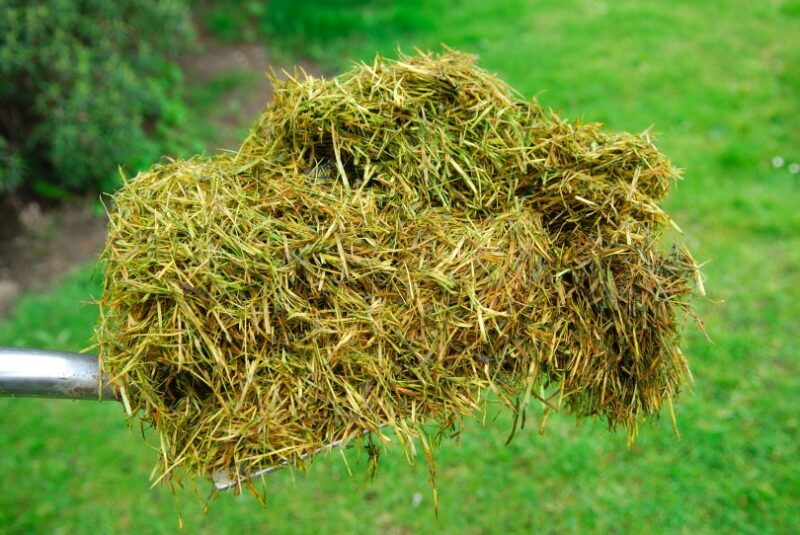How to Make Well-Drained Soil for Houseplants: 6 Steps
-
Ed Malaker
- Last updated:

Well-draining soil is crucial for the optimal growth of indoor plants, but it can be expensive to purchase, especially if you need a large amount. Fortunately, you can create it at home in just a few steps using ingredients that you might already have. Keep reading this step-by-step guide to creating topsoil so you can have a better gardening experience.
Before You Begin
Creating well-draining soil is not difficult and only requires mixing a few ingredients, namely peat moss, compost, perlite, and vermiculite. Gathering these supplies before you start will help you finish the project without stopping. Also, peat moss can irritate the skin, so we recommend wearing protective gloves when creating potting soil.
- Peat moss
- Perlite
- Vermiculite
- Compost
- Protective gloves
- Shovel
- Large pail or bucket
The 6 Steps on How to Make Well-Drained Soil for Houseplants
1. Gather Your Garden Soil

Gather about 2 quarts of soil from your garden, and place it in a large pail or bucket.
2. Mix in the Compost
Mix in a small bag of commercial compost, or use some from your pile, if you have one.
3. Mix in the Peat Moss

Next, mix in the peat moss. You want the blend to be even and consistent, so it is best to mix with your hands instead of using a shovel. Wear gloves to avoid skin irritation.
4. Add in the Vermiculite
With the peat moss blended in, it’s time to add in the vermiculite. Add the entire bag a small amount at a time, mixing as best you can with your hands or a small shovel or trowel.
5. Add in the Perlite

With the vermiculite mixed in, you can add the perlite. Mix in the whole bag of perlite, a small amount at a time.
6. Fill Your Pots & Add Plants
Once you mix all the ingredients, your potting soil is complete, and you can start adding it to your pots for planting.
How Can I Quickly Repair Soil That Doesn’t Drain?
If you have soil in your garden or pots that doesn’t drain well but you don’t want to go through the process of making soil, you can try mixing in one or more of the following ingredients to help improve it.
1. Sand
Sand is a great choice for helping soil drain better, as long as you use a coarse variety. Fine, smooth sand will become compact and won’t improve the situation. Unfortunately, too much sand can drain the soil too quickly, so only add a small amount at a time until you get good results.
2. Sticks & Bark
Gather small sticks and branches that you can break up easily in your hands, and add them to the soil to help it drain better. The sticks will also break down slowly, adding important nutrients to the soil. Small pieces of tree bark will work the same way.
3. Organic Material

There are many other kinds of organic material besides sticks and bark that you can add to the soil to help it drain better before breaking down and adding nutrients. These items include dried leaves, grass clippings, and dried flower petals.
4. LECA Pebbles
LECA pebbles are small clay pebbles that you can add to your soil to help it drain better. They will absorb moisture and hold it until the soil becomes dry and then release it back into the soil, which will help protect the plants from drought and heat.
Conclusion
Well-draining soil is essential for good plant growth, and while it can be expensive to purchase commercially, it isn’t too difficult to make at home. These steps will enable you to create enough soil for several pots or use it to improve your existing garden soil. If you don’t need that much, you can still help your soil drain better by adding organic material like small twigs, bark, leaves, and grass clippings. These items will break down over time, adding nutrients. Other things, like sand and LECA pebbles, will also help the soil drain and won’t cost much money.
Featured Image Credit: Syda Productions, Shutterstock
Contents

